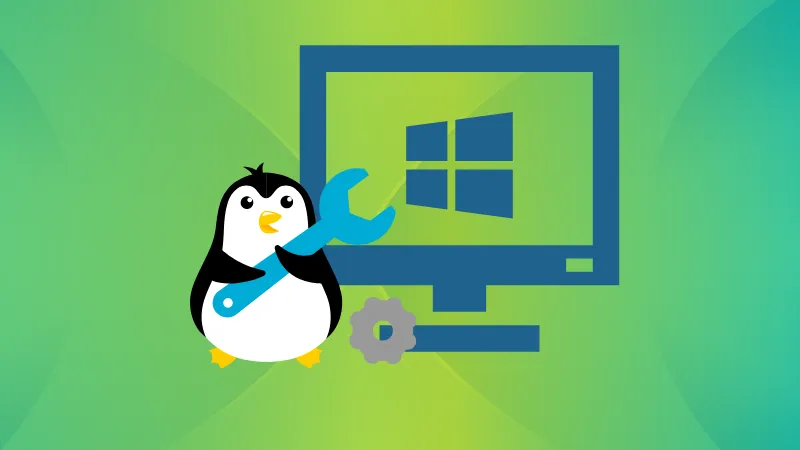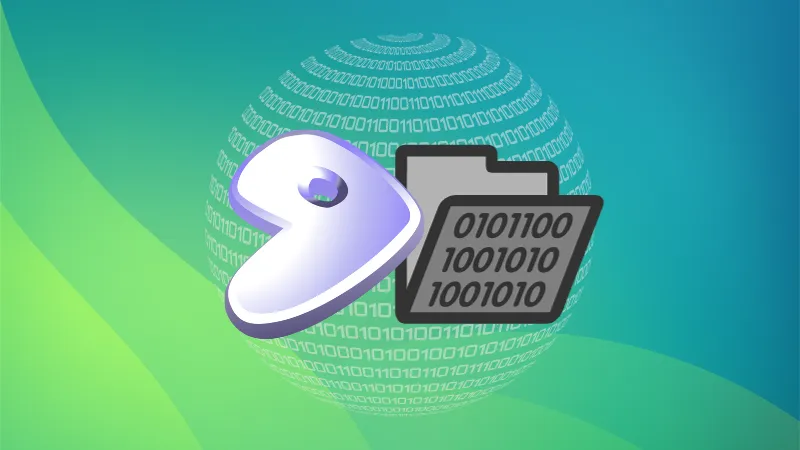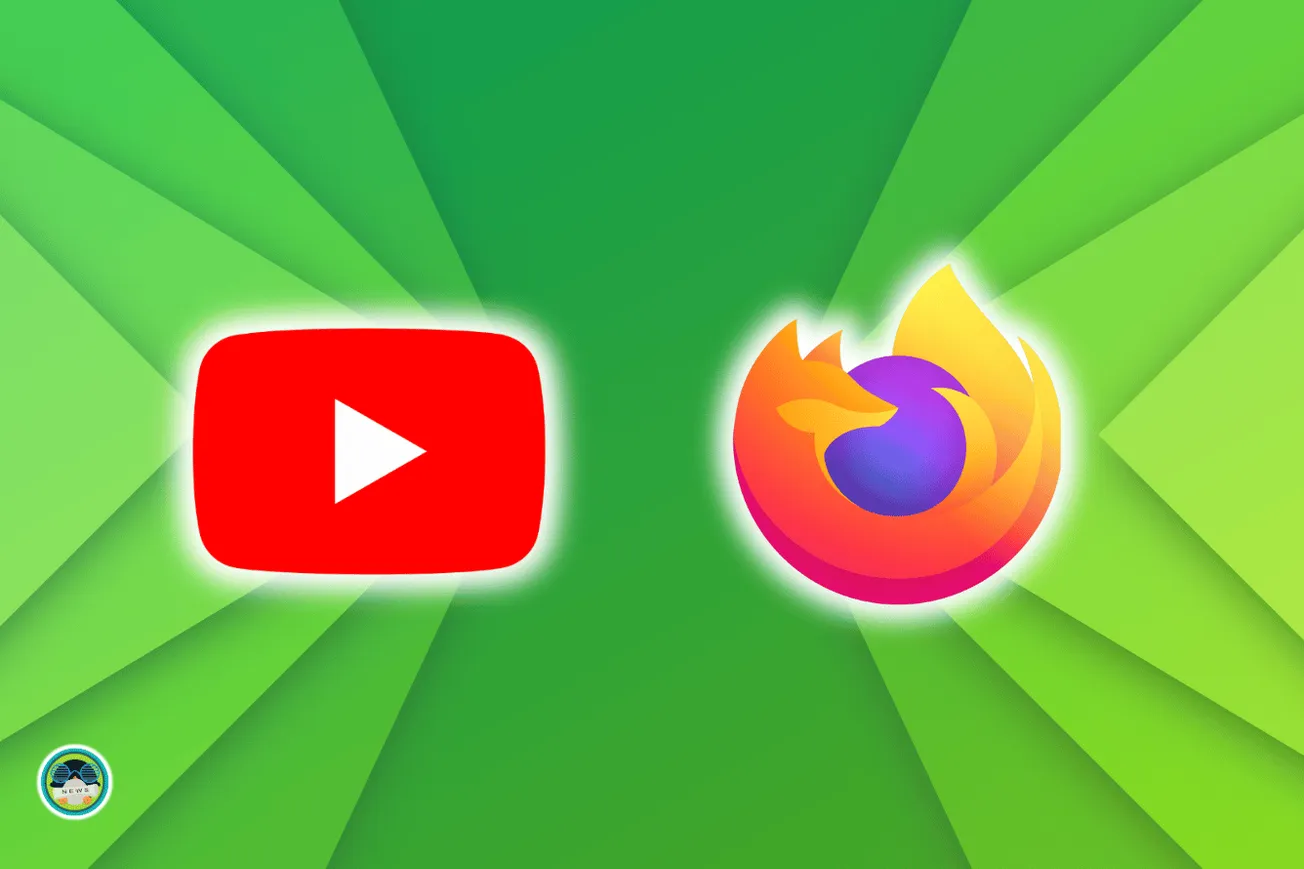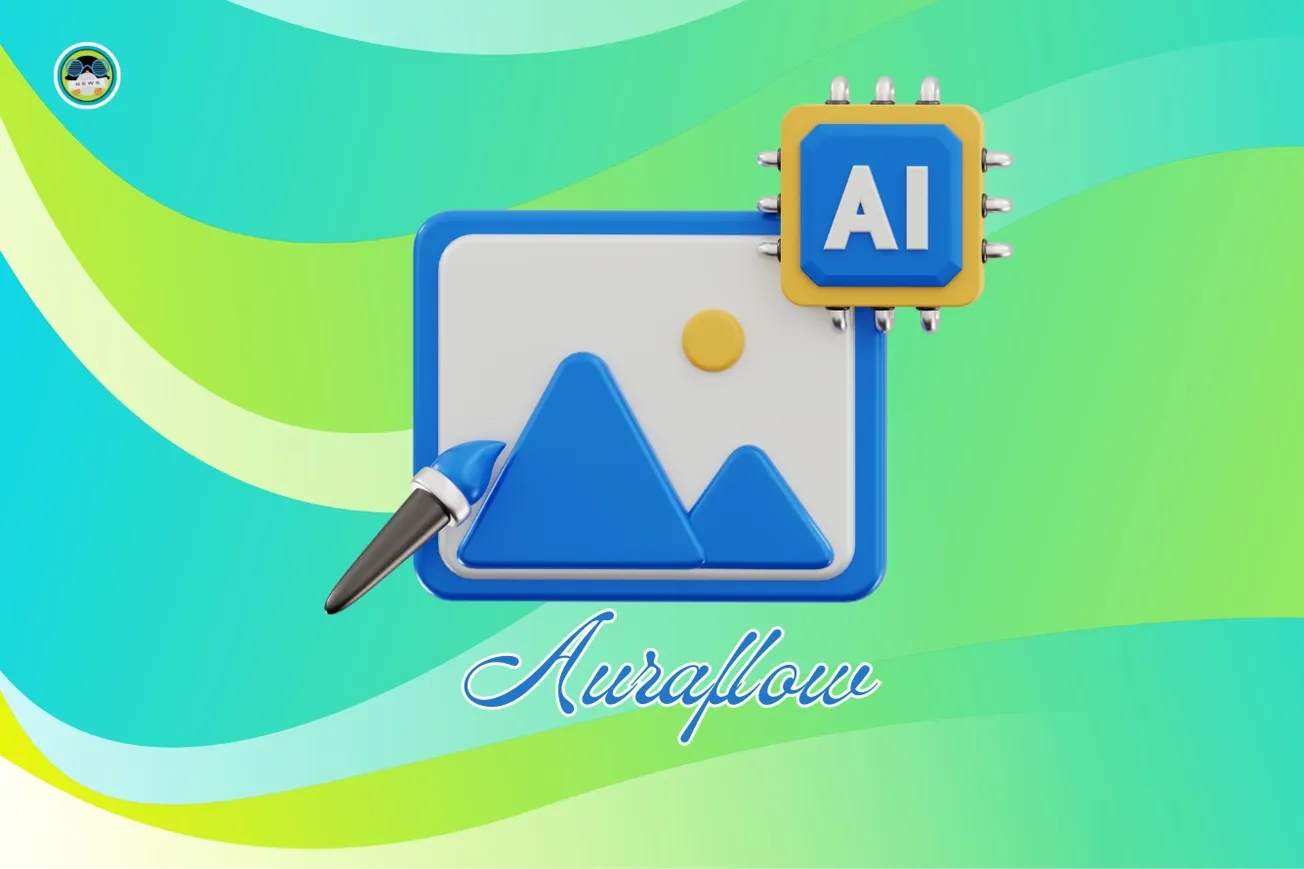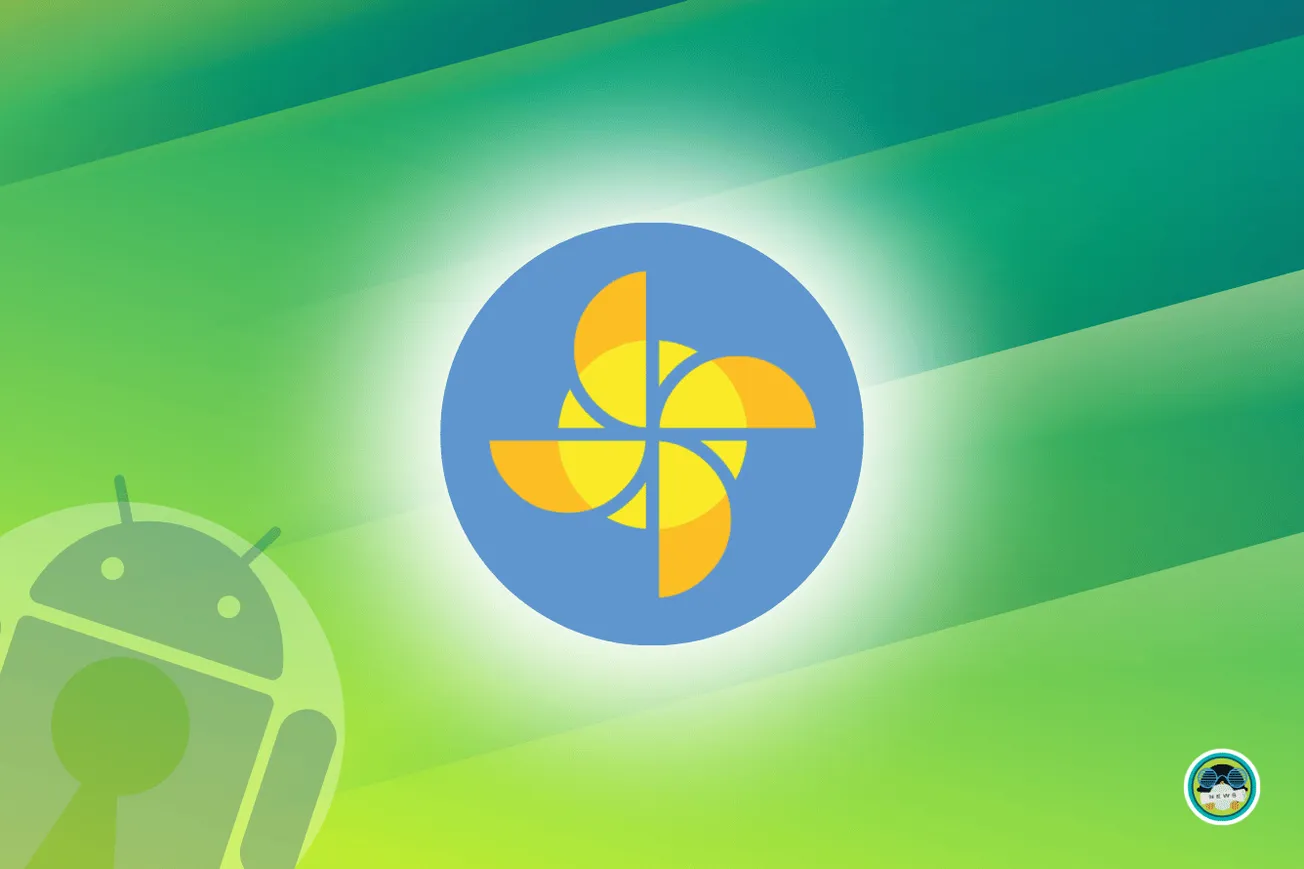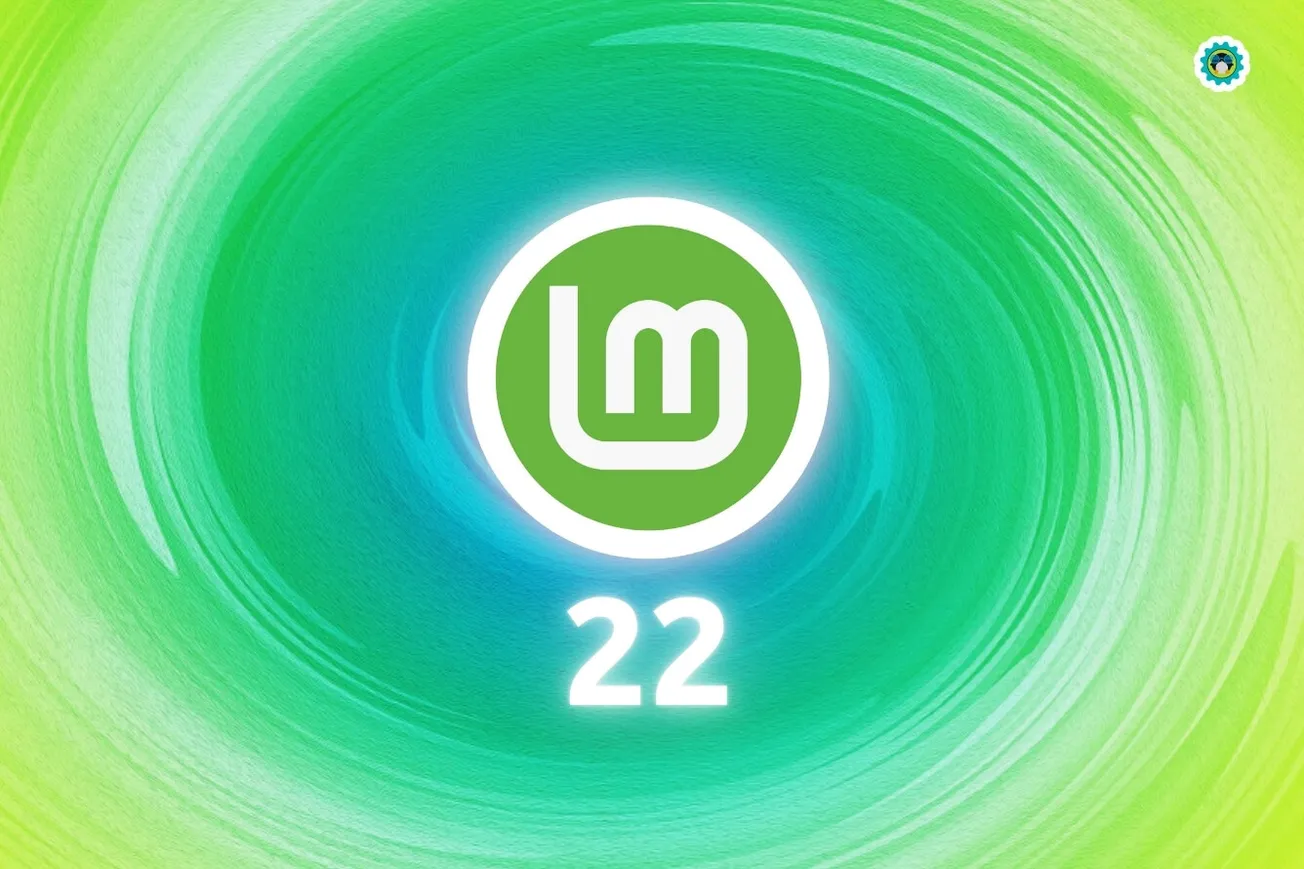
Linux is the least popular desktop operating system (OS) when considering Windows, macOS, and Linux as our only choices.
Linux powers most of the servers, but that is not the case for consumer desktops/laptops.
To make things worse, many assume that Linux is tough from other experiences, even without giving it a try.
But, is it? If yes, what exactly do people refer to as tough?
Is Linux Tough to Learn?
Unlike Windows and macOS, several things are fundamentally different for Linux (here, Linux distributions).
Yes, Linux distributions offer advantages over Windows and macOS with all the differences accounted for.
Moreover, you can perform almost all the essential tasks on a Linux desktop. In some cases, Linux operating system offers a similar user interface to Windows/macOS, making things convenient.
Don’t believe me? Check out some Windows-like Linux distributions.
So, what do users find challenging?
Here, I will discuss the points that new users generally find difficult, which should help you realize that Linux is not as tough as you thought.
1. Software Installation and Package Management

There are different methods to install the software (or a package) for Linux.
You can install it from the software center or the terminal, or download the package from the official source to install it manually.
Or, you can even compile it from the source.
Unlike Windows/macOS, it is not just about executables (EXE) or dmg files.
Depending on the type of Linux distribution, the package support changes. For instance, you can install DEB files on Ubuntu.
And, if you use Fedora as your desktop OS, you will have to install RPM files.
To make things simpler, Flatpak packages and Snaps came into existence. If you find a Flatpak package or Snap version of an app available, you can install it on any Linux distribution.
However, you might need to set up the support for Flatpak and Snap if your Linux distribution does not have it by default.
So, you will have to understand that due to the diversity of Linux distributions, there are various installation methods and packages available. As long as you know the supported packages and the installation methods, it should be easy.
2. The Terminal Panic
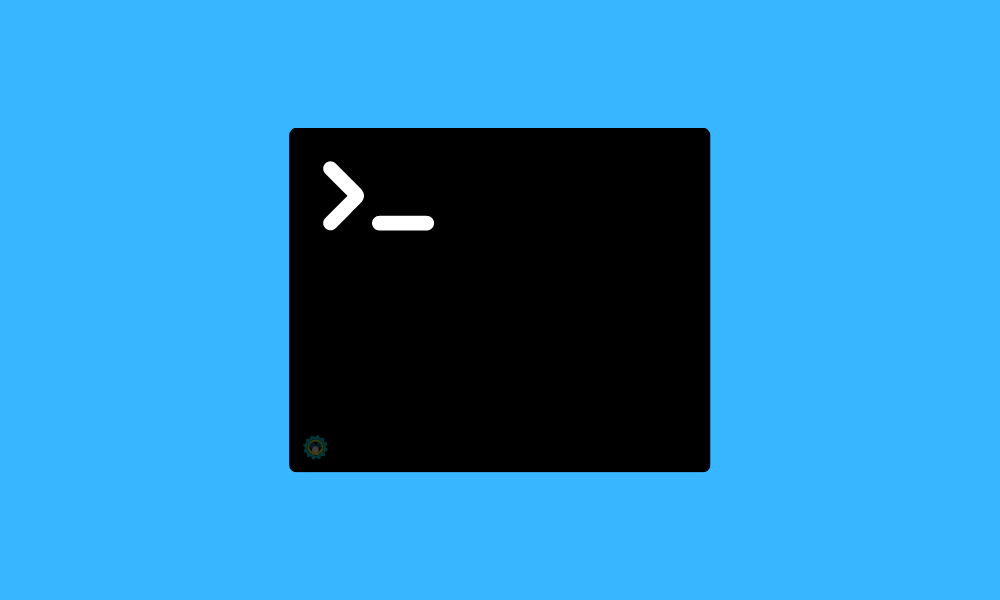
With Windows/macOS, you may not need to launch the terminal or the command prompt often.
Yes, a few troubleshooting solutions need access to the command line. But, not as often compared to Linux.
With Linux, even when using some of the best Linux distributions, you will often need to access the terminal and type some commands for tasks like:
- Refreshing the repository list
- Removing a software not installed via software center
- Adding a repository to install software
Technically, you do not have to learn any complex commands, but knowing a few of them to quickly uninstall a package, install a flatpak app, and so on can come in handy.
Typically, you will have the commands/instructions from the official site of any app you attempt to install. In some cases, when setting out to troubleshoot, you will find the exact command to type in from the community forums.
So, you do not need to “remember” anything, and a quick search on the internet should help you with it.
However, this can be overwhelming to some users, so they do not make an effort and avoid trying Linux on their computer.
Eventually, they lose interest in exploring anything else related to Linux.
3. Installing Graphics Drivers
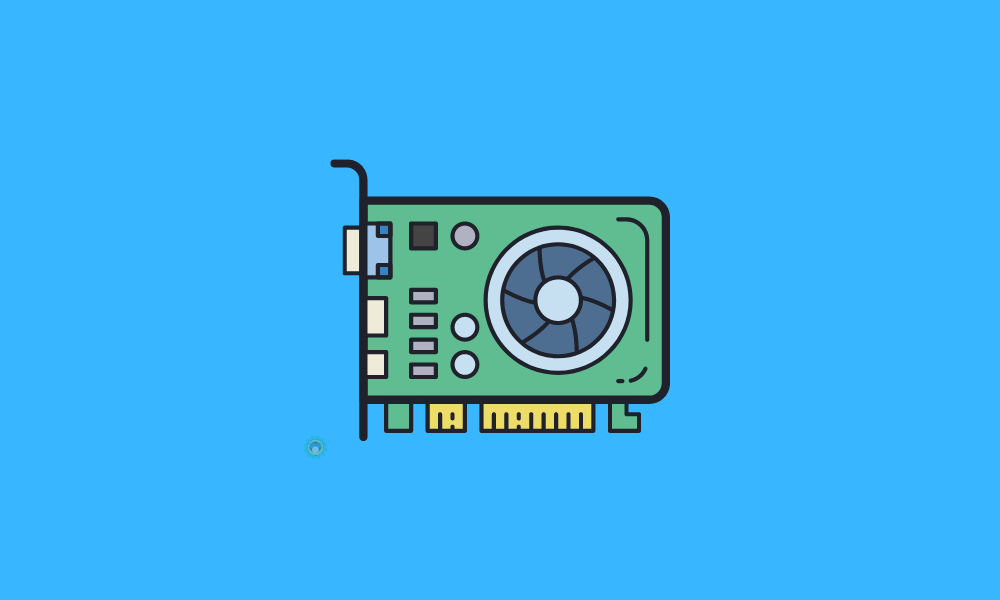
While macOS does not bother with third-party graphics support, it does not support proper virtualization (especially ARM) and gaming. So, we shall exclude that and focus on Windows.
Both Windows and Linux support gaming/virtualization. And, you need to install graphic drivers to make these things work, if not just for watching streams/videos.
With Windows, you need to download the respective driver for your graphics card and get it installed. You do not encounter issues with the first-time installation for the most part.
However, for Linux, the latest graphic driver version does not always work (especially NVIDIA). So, it is not as simple as downloading from the official website and installing it.
If your Linux distribution features a driver manager (like Linux Mint), it makes things easy.
If not, you might have to look for an ISO file for the OS you like with supported graphic drivers included.
Overall, installing graphics drivers is not a big deal if you are using a mainstream Linux distribution, but if you choose a different distribution, you may have to research before you install it on bare metal.
4. Software Support
You do not find support for all Windows/macOS applications on Linux.
If the service offers cross-platform support, chances are it supports Linux distributions like Ubuntu, Fedora, and Arch. Otherwise, you will have to search for alternatives.
So, the lack of software availability makes Linux an incredibly unsatisfying experience.
However, we have an extensive list of essential applications that can give you a head start.
Unfortunately, not everyone is aware of it. And some users remain reluctant to try an alternative.
5. Tweaking Peripherals and Components
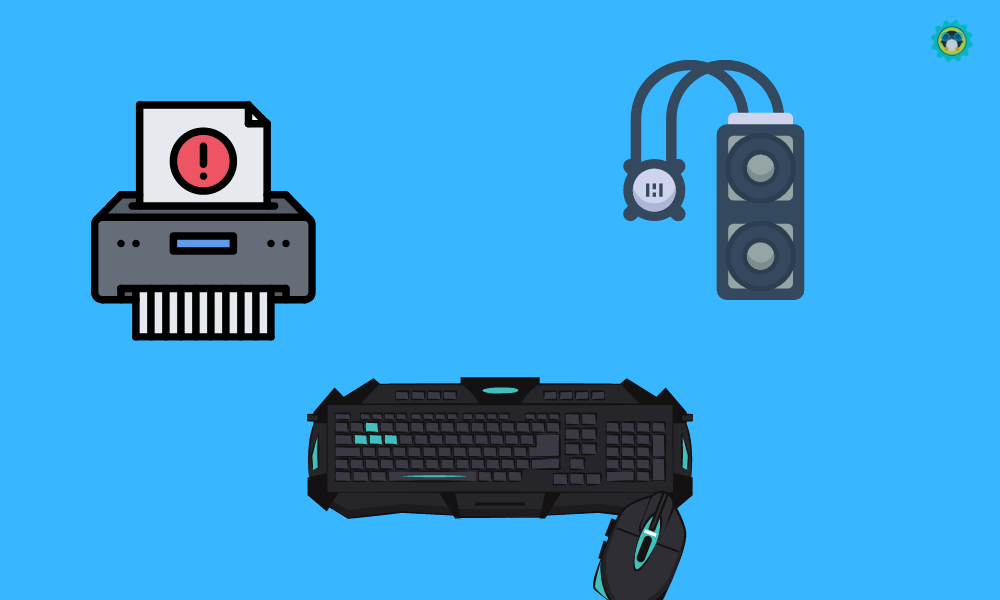
It is not just about the usability and apps available. It is also about the ability to manage and tweak hardware devices connected to your computer.
Linux does not have official software support from various hardware brands like Razer, Corsair, ASUS, etc.
So, when users realize that they cannot manage their RGB lighting, fan profiles, and cooling devices as conveniently as they expected, Linux is out of their wishlist.
However, you should know that there are tools that already help with it, things like:
Yes, it may not be official, but it works with a wide range of peripherals and components. So, if the lack of official support for peripherals and component monitoring stopped you from trying Linux, now you can give it a try with these solutions!
Wrapping Up
For starters, I think these are the most common things that prevent users from trying Linux and end up declaring it as the most challenging operating system.
You will have to keep in mind that trying a different operating system always comes with new challenges and a learning curve.
Linux as a desktop operating system is easier than ever before. Linux distributions like Ubuntu, Pop!_OS, Linux Mint, Linux Lite, and many more have made it possible for new users to feel right at home.
Even with all the improvements, it can be overwhelming for some users, which is why we wanted you to know that it is not as problematic as you originally assumed.
If you have a friend who still has not tried Linux for the reasons mentioned above, I recommend you to share this along and help them know better to make an informed choice.
Let me know your thoughts in the comments below.
More from It's FOSS...
- Support us by opting for It's FOSS Plus membership.
- Join our community forum.
- 📩 Stay updated with the latest on Linux and Open Source. Get our weekly Newsletter.

